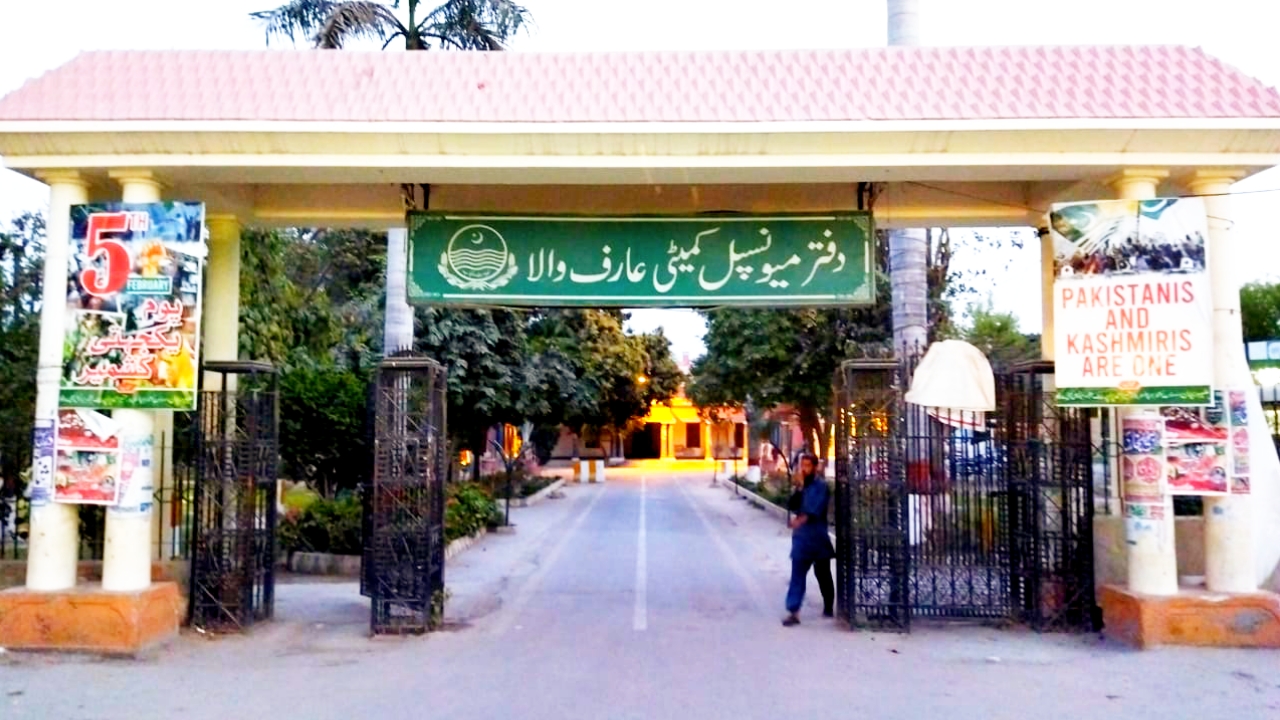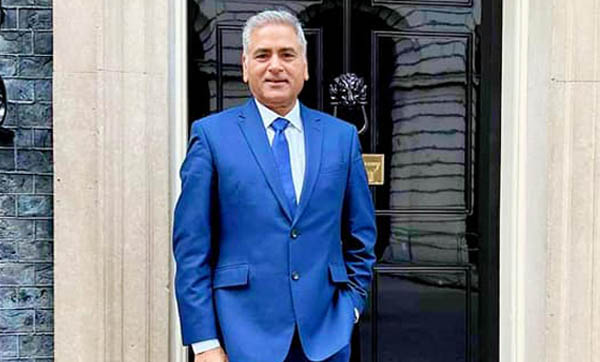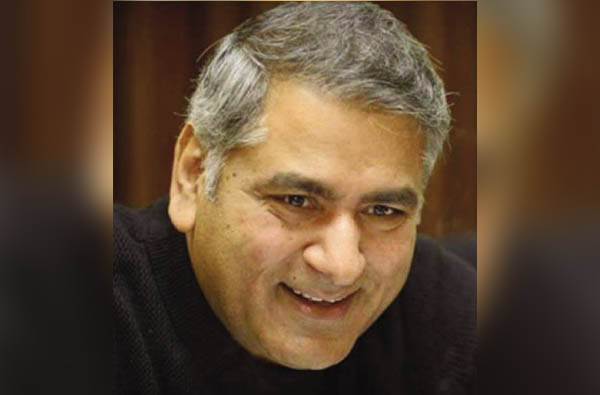A brief look at the history of the city of Arifwala

Located on the Delhi-Multan road, the city of agricultural commodities and special importance (Arifwala) is also known as the city of four bazaars. The well-known Gol Chowk or Gol Bazaar is the center of these four bazaars. Introduction: The present city of Arifwala was formerly a village called Chak No. 61 EB. The city is named after a local landowner Muhammad Arif Being a big landlord of the area, he had a deep relationship with the British officers.
During the British rule, any British officer who came to the area for a visit or sightseeing, used to stay with the same landlord Muhammad Arif.
The present Chaman Hotel The site of the Tehsil Municipal Office (Municipality) was once the dera of Muhammad Arif, where a resting place was made for travelers. Date: In 1900, the present town of Arifwala was only a village. Herbert William Emerson was the Deputy Governor of Punjab in 1908. He promoted Chuck 61 EB to town status and renamed it Arifwala. On April 27, 1927, Mrs. F. B. Weiss renamed the town Arifwala. And inaugurated the Arifwala Grain Market.
Her husband was the Registrar of the Cooperative Society at that time. On March 6, 1931, the foundation stone of the Town Hall (Municipality) was laid at Arifwala. The hall took two years to complete and was opened to the public in honor of Sir Herbert William Emerson becoming Governor of Punjab. On February 20, 1932, the cornerstone of the Public Library was laid by Sardar Hazara Singh Gill (then Zeldar).
Town Arifwala was given the status of sub-division in 1987. In 1995, Arifwala was given the status of a tehsil and it was added to the newly formed Pakpattan district. Basically, the city of Arifwala is the headquarters of the tehsil. It is administratively divided into four union councils, while Arifwala tehsil is divided into 30 union councils. Boundaries: Arifwala is located about 250 km southwest of Lahore city. To the east of Arifwala is its district Pakpattan which is about 36 km.
Burewala is about 35 km to the west, Sahiwal is about 46 km to the north, Sutlej river is 25 km to the south and Bahawalnagar is about 35 km to the south. Arifwala is the city of Sutlej and Beas. It is located in the middle and this area is also called Nili Bar. Most of the population of Arifwala consists of farmers Is. 75% of the population lives in rural areas while 25% of the population lives in urban areas.
The main occupation of the people is agriculture. The city has a population of over 9 million. Arifwala Tehsil consists of 255 villages. Area: Its total area is 295,146 acres or 1180 square kilometers. The city is about 420 feet above sea level. Climate: The weather in Arifwala is hot and dry. Summer begins in April and lasts until October. May, June, July and August are the hottest months.
The maximum temperature during these months is 40 to 50 degrees and the minimum is 28 degrees. The soil in and around the city is very fertile. Industry: Arifwala The industry of the city is mainly dependent on agriculture. These include basic beverage and food processing plants, rice mills, flour mills, cotton factories, fertilizer companies, vegetable ghee and coking oil mills, poultry feeds, seed corporations and poultry farms. Built? 61 Chuck 61 EB The village was given the status of a town in 1900.
The railway station in 1908. Ghalla Mandi and the town of Arifwala in 1927. The police station in 1927. The Arifwala public library in 1929. The town hall (municipality) in 1932 In Railway Goods Office 1936 Post Office (Thana Bazar Gol Chowk) 1981 Police Station 1986 Arifwala Sub Division 1987 Courts (Court) 1989 Tehsil Arifwala 1995 1995 Current Tehsil Headquarters Hospital (THQ) 1998 The present WAPDA Complex (Division Office Tehsil Road) was built in 2002 whereas before that it was Sub Division Office Pakpattan.
The melons of Arifwala are very popular in other cities. Shopkeepers and wheelbarrow sellers sell melons under the name of Arif Shahar. Agricultural commodities Arifwala commodities are at the forefront of the country due to the increase in production of vegetables and fruits. In view of this importance, the British government has set up railway stations. Was divided into two parts, one for the transportation of people and the other for the transportation of agricultural commodities that still exist.









